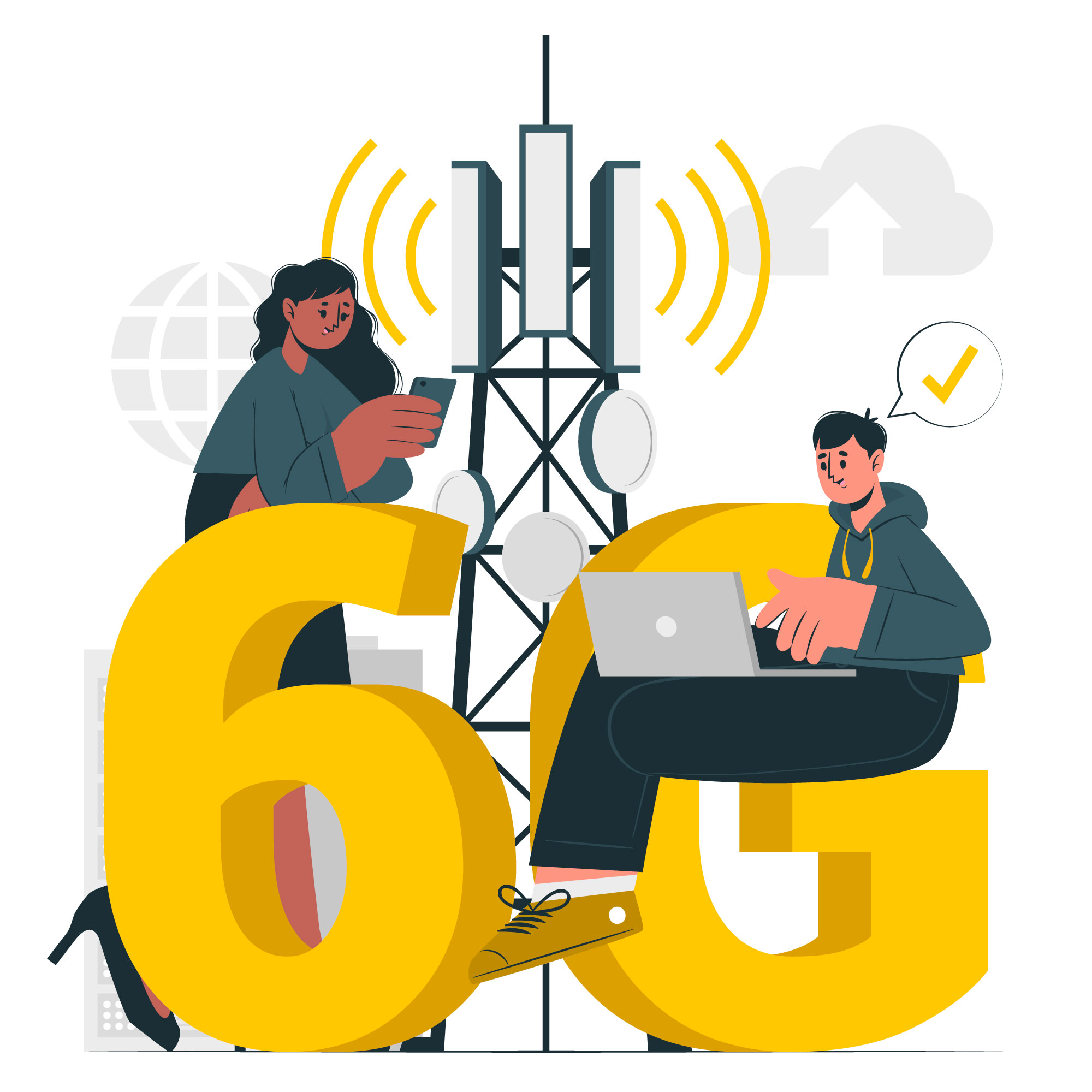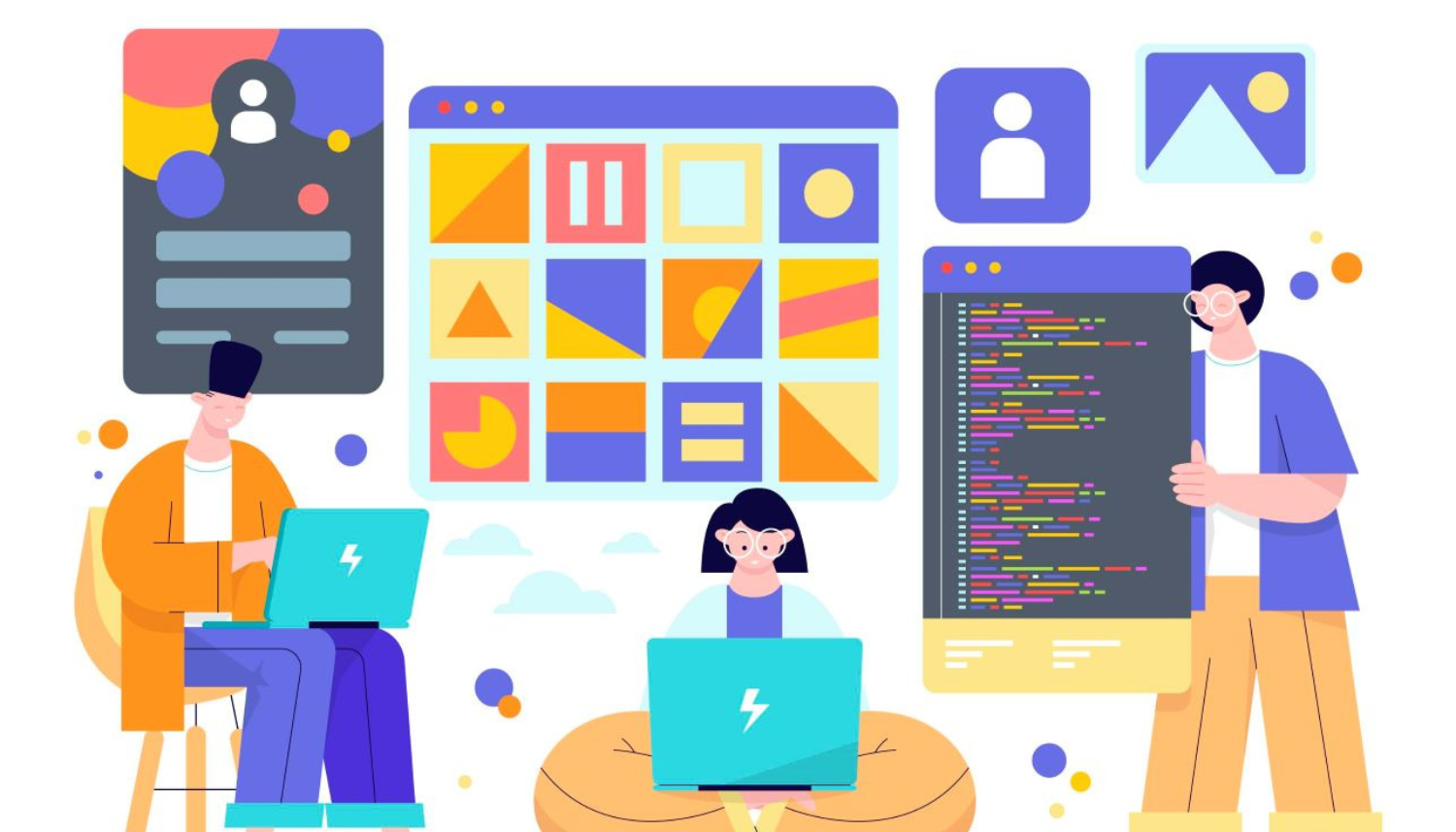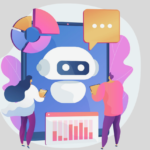Web design has undergone remarkable transformations since the dawn of the internet. From basic text-based pages in the 1990s to the dynamic, interactive experiences of 2024, the journey of web design reflects broader technological advancements and shifting user expectations. This blog post delves into the major milestones in web design from 1990 to today, highlighting the key developments and trends that have shaped the modern web.
The 1990s: The Dawn of the Web
Early Web Design
In the early 1990s, web design was characterized by its simplicity and novelty. Key features of this era included:
1) HTML Basics: Websites were primarily built using HTML (HyperText Markup Language), which allowed for basic formatting and hyperlinking. The focus was on creating simple, text-heavy pages.
2) Table Layouts: Designers used HTML tables to create layouts, resulting in a grid-like appearance. This approach was common due to the lack of advanced layout options.
3) Geocities and AOL: Platforms like Geocities and AOL provided users with easy-to-use tools to create personal websites. These sites often featured vibrant colors, animated GIFs, and basic designs.
Design Challenges
The 1990s had several limitations:
1) Browser Incompatibility: Different web browsers rendered pages differently, making it challenging to achieve a consistent look across all platforms.
2) low Internet Speeds: Dial-up connections necessitated lightweight designs that loaded quickly to accommodate slow internet speeds.
The 2000s: CSS, Web Standards, and Multimedia
Introduction of CSS
The early 2000s brought significant advancements with the introduction of Cascading Style Sheets (CSS), which revolutionized web design by:
1) Separation of Content and Layout: CSS allowed designers to separate content from presentation, leading to more flexible and maintainable designs.
2) Enhanced Styling: Designers could now control typography, colors, spacing, and layout more precisely, leading to richer visual experiences.
The Push for Web Standards
The push for web standards, championed by organizations like the World Wide Web Consortium (W3C), led to:
1) Semantic HTML: Emphasizing the use of meaningful HTML elements to improve accessibility, search engine optimization (SEO), and maintainability.
2) Cross-Browser Compatibility: Encouraging designs that worked consistently across different web browsers, reducing inconsistencies.
The Rise of Flash and Rich Media
Adobe Flash became popular for creating interactive and multimedia-rich websites. However, it faced challenges such as:
1) Performance Issues: Flash often required substantial system resources and could slow down performance.
2) Security Concerns: Flash was prone to security vulnerabilities, leading to its decline and eventual discontinuation.
The 2024s: AI, AR, and Ethical Design
Artificial Intelligence and Personalization
AI has begun to play a significant role in web design, offering:
1) Personalized Experiences: AI algorithms that tailor content, recommendations, and interactions based on user behavior and preferences.
2) Chatbots: AI-powered chatbots that provide real-time customer support and interactive experiences.
Advanced Technologies
The 2020s introduced several cutting-edge technologies, including:
1) Progressive Web Apps (PWAs): Websites that offer app-like experiences with offline capabilities, push notifications, and fast load times.
2) Voice User Interfaces (VUIs): Integration of voice recognition technology to enable voice-activated navigation and interactions.
3) Augmented Reality (AR): Incorporating AR elements into websites to create immersive and interactive experiences, such as virtual try-ons and interactive product demos.
Sustainable and Ethical Design
There is a growing focus on sustainable and ethical design practices:
1) Green Web Design: Designing websites with energy efficiency in mind to reduce environmental impact and promote sustainability.
2) Inclusive Design: Ensuring websites are accessible to all users, regardless of ability or background, and addressing issues of digital equity.
The Future of Web Design: 2024 and Beyond
Looking ahead to 2024 and beyond, web design is expected to continue evolving with emerging trends and technologies:
1) Immersive Experiences: Advances in AR, VR, and mixed reality are likely to drive more immersive and interactive web experiences.
2) AI-Driven Design: AI tools will become more sophisticated, enabling even more personalized and adaptive web experiences.
3) Ethical and Inclusive Design: There will be a continued emphasis on designing for accessibility, inclusivity, and environmental sustainability.












